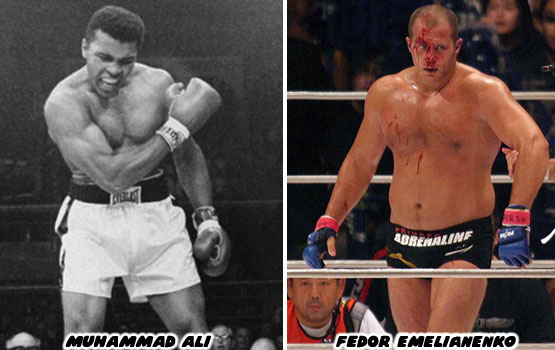
When the fighters were exposed under the bright lights they either rose to the occasion or withered away. The downside was that when they made a mistake, when they fell, the witnesses moved onto the next fighter. It did not matter if the person that had made the mistake was the better overall fighter. A defeat was a defeat. These fans did not always acknowledge that they had witnessed an era of greatness. The fighters that were once world champions, dominating ones at that, were like modern gladiators. Adored by the public when they won and discarded once defeated. Muhammad Ali and Fedor Emelianenko could be considered two of the best heavyweight fighters that ever lived. Their battles were not always easy, yet both managed to grasp victory from the jaws of defeat time and time again. Both men had also beaten some amazing fighters before they had even stepped into the spotlight. Some were remembered but most faded into history. Time eventually caught up with Ali and Fedor. Before they knew it the next champion had arrived, the kings were dethroned and left without a kingdom.
The key to immortality was elusive for a fighter especially one in the public eye. Only those that retired undefeated or died at a young age seemed to reach mythical status. The opponents that the legends defeated were like world champions that never sought fame or glory. The fights that they had were passed down by word of mouth because there were no cameras, and sometimes not even witnesses. Such was the case for young Bruce Lee. The young martial artist had been in plenty of fights during his lifetime, the majority on the street. The martial artist was eager to expose traditional Eastern fighting arts and philosophies to the West. This raised the ire of classical masters of the fighting arts. They forbade him from teaching non-Chinese the fighting styles. When Lee refused the elders sent a young master to beat him into submission. That was how the legend went. Unfortunately the circumstances surrounding the fight were nebulous because of the inconsistency of witnesses.
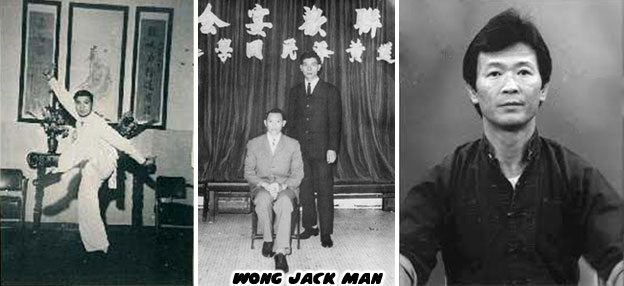
Wong Jack Man was the fighter that was sent to battle Lee. It was said that the older teachers were mad at Lee, not for teaching outsiders, but for bragging about how ineffective the fighting styles were. They wanted to have a contest with rules and regulations so that neither man got seriously hurt and settle the debate. They knew that in ancient China a fight to the death may have been permissible but in the modern world, especially in the US, there would be consequences for these actions. According to some witnesses Lee refused to fight under the limit of rules. Either everything was fair game or nothing was. Eventually they agreed to more lax rules and from the get-go the witnesses agreed that Lee was the more aggressive fighter. To some people Lee was fighting dirty, attacking the eyes and throat of Man throughout the fight. Lee was described as doing everything in his power to finish the fight as fast as he could. Man did everything he could to defend himself. The fight was not a quick battle as Lee later boasted but seemed to drag on. After 20 or 25 minutes Lee was declared the winner although neither man managed to knock the other down or cause serious injury. Different accounts of the contest were reprinted in local Chinese newspapers and each one went more favorably to Lee. Man told his account of the fight and challenged Lee to a public battle and settle the argument once again. Lee would decline.
The legend of Bruce Lee grew as he pursued better fighting and training techniques. The exposure he gained from the Black Hornet television series and later his film series made him an icon. Most people that would consider themselves fans of Lee might have never heard of Wong Jack Man. Wong later said that the fight had taken place because both men were young, prideful and headstrong. If anything if the truths from their encounter were revealed it would only serve to hurt their reputations more than help. Some facts managed to disappear through time much to the favor of one fighter. Fiction was malleable, easier to work with than historical accuracy. A decade and a half before Lee rose to prominence a different martial artist was the hero of millions. Mas Oyama, born Choi Bae Dal, was called the "God Hand" of karate. He could beat most fighters with a single punch. He was good but lacked control. He killed a man in a bar fight after the person pulled a knife on him. He realized that he had the ability to disarm the man but let his temper get the best of him and chose to strike instead.
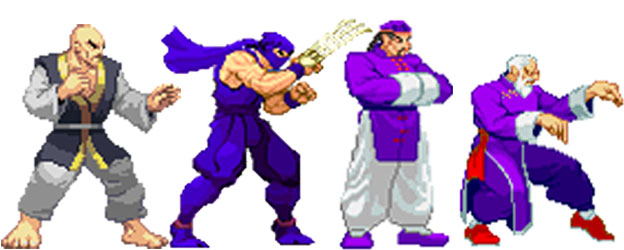
Oyama became a hermit and lived in the mountains. Training his mind and body until he thought he had reached his peak. Then he set out trying to prove himself. He went dojo to dojo and challenged the masters of each school. He beat each one handily and his legend grew. Then he set out to prove that his style was the best. He traveled to the US, China and Thailand to try himself against other masters. Boxers, wrestlers and other fighters lined up for the challenge. Most fights were settled in private, away from the spotlight and the law. Imagine what would happen if a fighter today went to every martial arts school in the city and beat up all the teachers. Chances are that the police would be waiting for him in the next town. Fighters enjoyed their reputations and didn't always want to be proven wrong in their own school, let alone their own country.
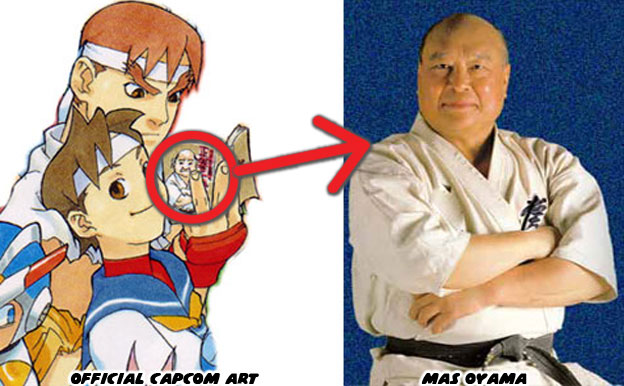
The story of Oyama in turn went on to influence the development of Street Fighter. Ryu played the role of Oyama. The opponents in the original game mirrored the types of people that Oyama faced. Karate, boxing, kung-fu and muay thai were some forms represented. Oyama beat the masters of each style. Only when he had defeated the best Muay Thai fighter, a mysterious person nicknamed the Black Cobra, did he consider his journey complete. There were no photos of the 1954 encounter even though the battle was highly publicized affair that took place in Lumpinee Stadium in Bangkok.
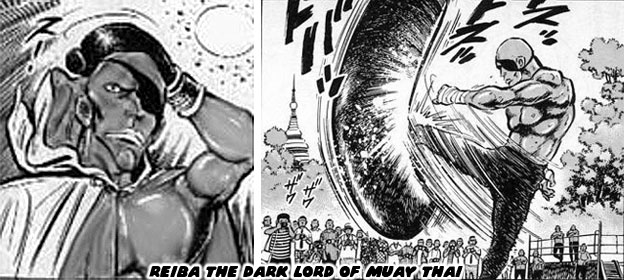
Oyama's understudy Yoshiji Soeno also traveled to Thailand, a decade later to prove which form of fighting was the best. It was reported that the one-eyed Thai fighter Reiba was as good if not better than Black Cobra. Soeno never got a chance to battle Reiba as a Triad or mafia hitman gunned him down before the battle. It did not matter however, he was such an interesting character that his myth managed to live on.
While the actions and reputation of Oyama were the basis for the Street Fighter mythos we should be clear that the look and mannerisms of Ryu were more closely aligned with Soeno. From Street Fighter II to today Ryu has had a very similar face. His eyebrows were large and bushy and his expression was very stern. The similarities between Soeno and Ryu were more than skin deep. There were two competing designs for the updated Ryu. One version had the character wearing leather and armor similar to Kenshiro from Hokuto No Ken / Fist of the North Star. The other version, named Sakurada Gashou had him in a much more traditional uniform. Note that in this version the character did not have his trademark headband.
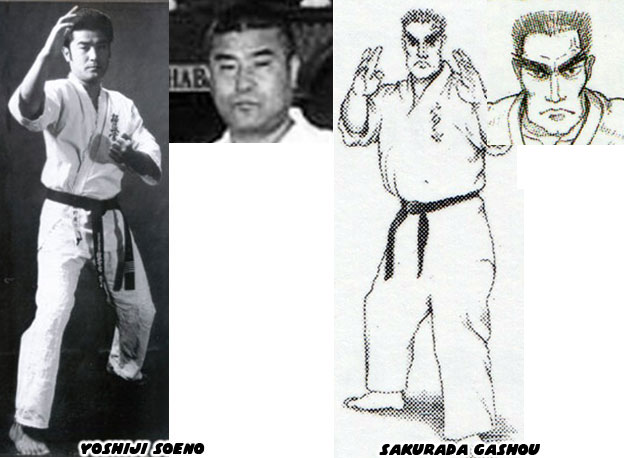
Soeno went on to learn greatly from various different fighting forms. He studied Judo first but then excelled at Oyama's Kyokushin karate. He also picked up techniques from Goju-Ryu ("Hard Soft Style) which had older Okinawan roots, Shotokan Karate and Muay Thai. Soeno eventually broke his ties with Kyokushin to develop Shidokan Karate in 1980, which translated to"The group that lives and trains in the way of the samurai warrior." Shidokan practitioners were very good at striking, but they were also good at grappling and throwing opponents. They were well-rounded athletes and Soeno was very much like Ryu in that he could literally do it all. There were actually older schools called Shidokan, those with Okinawan roots as well as the more "mainstream" Shorin-Ryu form of Karate. Soeno founded over two dozen schools and still oversees his organization.
The legend of Oyama and Soeno became the backbone of the manga and animé series Karate Baka Ichidai. The characters featured within were adapted for Street Fighter as well. Sagat replaced Reiba in the game. Interestingly enough the character was shot in the Ryu Final manga by some poachers instead of triad members. Sagat survived the encounter so that audiences could look forward to seeing the seven-foot monster turn up again and again in the game series.
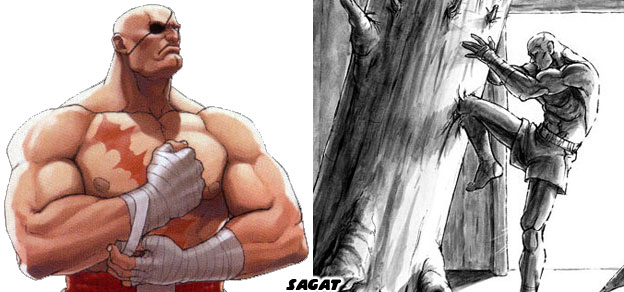
The competition of different fighting styles by Oyama and Soeno could be considered the roots of modern MMA tournaments. Around the same time a similar trend was happening in the Americas. The 20th century would see an explosion in the popularity of martial arts not seen since ancient times. It turned out that the same mass media that was shining a light on the last traditional martial arts masters was also creating a new generation of legends. Film, television and newspapers would help shape the careers of some of the most famous and infamous characters in the fight game. The next blog will explore these pioneers. As always if you enjoyed this blog and would like to sponsor me please visit my Patreon page and consider donating each month, even as little as $1 would help make better blogs and even podcasts!

No comments:
Post a Comment